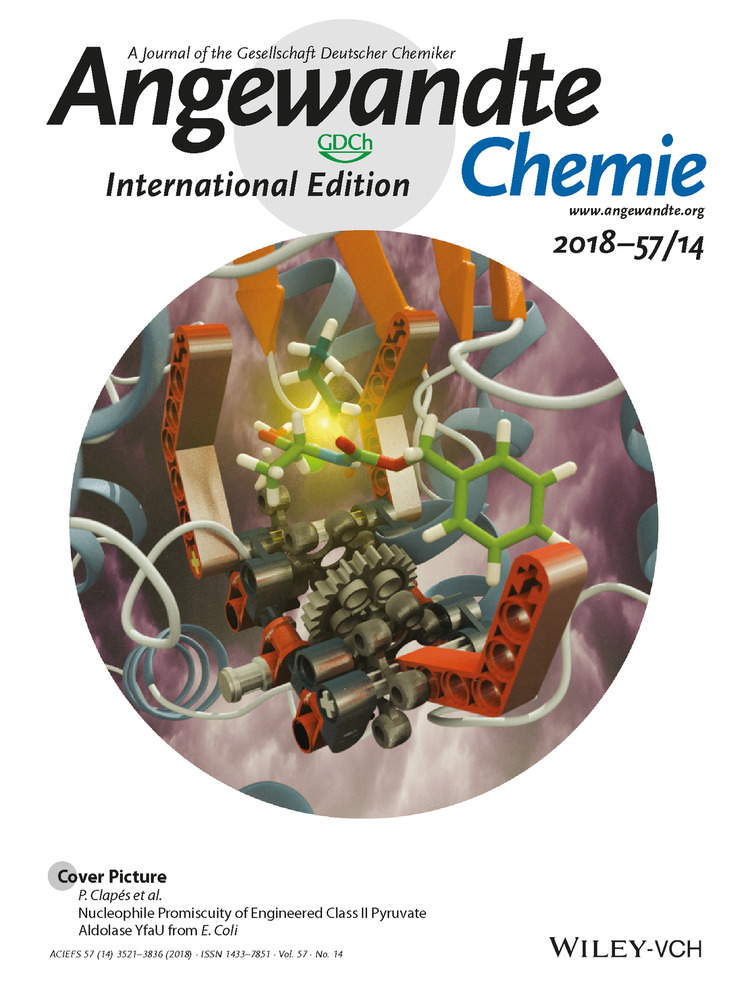A Cooperative Pillar–Template Strategy as a Generalized Synthetic Method for Flexible Homochiral Porous Frameworks
Graphical Abstract
Pushing pillars apart: A new strategy for creating homochiral MOFs was developed through the fusion of pillaring and templating concepts. This dual-concept strategy makes use of the synergy among multiple competing interactions in a tri-organic system, leading to the synthesis of a series of flexible homochiral frameworks.
Abstract
A new strategy for creating homochiral metal–organic frameworks through a fusion of pillaring and templating concepts is demonstrated. This strategy makes use of the synergy among various chemical interactions during self-assembly processes, and leads to the synthesis of a series of homochiral frameworks. In the presence of only pillar-to-pillar π–π interactions, inter-pillar forces compete against metal–pillar interactions, resulting in mismatch between pillar-to-pillar and metal-to-metal separations and consequently 2D materials without pillaring. To create 3D materials, a method was developed to use various aromatic molecules, polycyclic aromatic hydrocarbons in particular, as templates to modulate the inter-pillar interaction and separation, leading to the formation of 3D homochiral frameworks. The use of aromatic molecules, especially hydrocarbons, as structure-directing agents, represents a new approach in the development of crystalline porous materials. Aromatic templates can be post-synthetically extracted to yield flexible porous homochiral materials with gate-opening gas sorption behaviors for both N2 and CO2 at partial pressures tunable by temperature.





